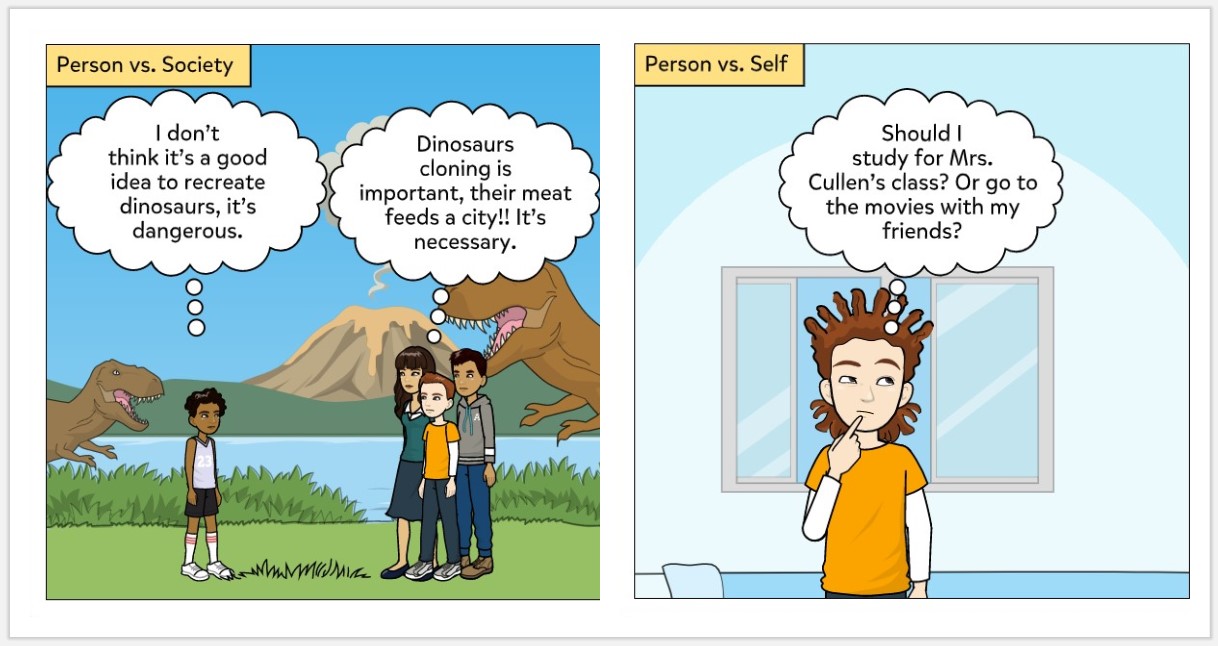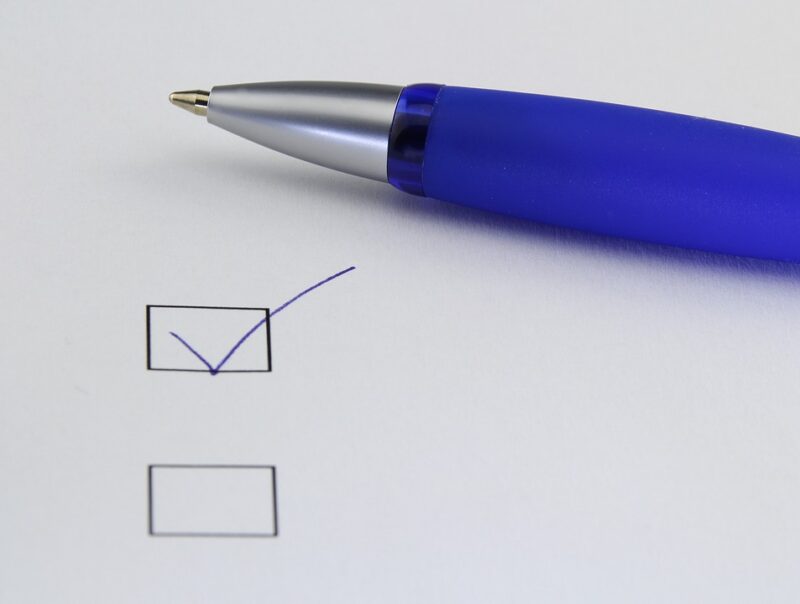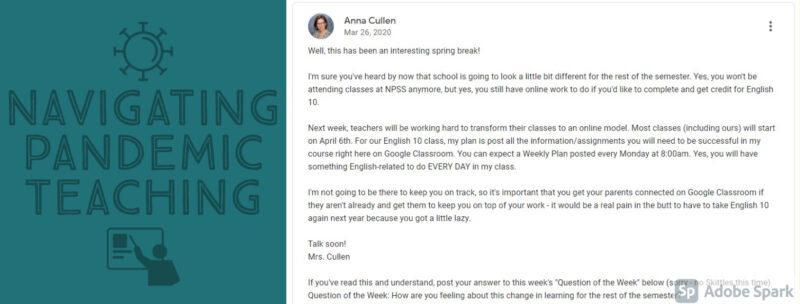For this activity, I decided to reflect on a digital literacy activity I do with my students when teaching about the types of conflict in literature.
After reviewing the four types of conflict found in literature (person v. self, person v. person, person v. environment, person v. society), I asked students to create a cartoon using the Pixton platform. Pixon offers a (relatively) free platform for educators and students to create comic cartoons that are all displayed in a common online classroom wall. Students can see their peers’ work all in one place. Because I’ve found that understanding the types of conflict comes more easily with examples, I figured this might be a fun way for students to explore digital literacy while creating a useful learning tool for study.
Looking back at the readings, I would say that this activity utilized the “critical/creative thinking” curricular taxonomy of digital literacy outlined in MediaSmarts’ Digital & Media Literacy Fundamentals website. Students “accessed” the tools on the classroom Chromebooks through the Pixon website, “used” their tools and text skills in the program, and used their understanding of the lesson to “create” a piece of “photo-visual literacy” (as mentioned in The Essential Elements of Digital Literacy for the 21st Century Workforce) that they would be able to reference when studying for the summative assessment at the end of the unit.
References
MediaSmarts. (n.d.). Digital & media literacy fundamentals. Retrieved from http://mediasmarts.ca/digital-media-literacy/general-information/digital-media-literacy-fundamentals
Weiss, D. (2017, December 2). The essential elements of digital literacy for the 21st century workforce [Web log post]. Retrieved from https://enabley.io/the-essential-elements-of-digital-literacy-for-the-21st-century-workforce-infographic/






Recent Comments